SpaceX successfully deployed 27 Starlink v2 mini satellites from Cape Canaveral today as part of the Group10-23 mission. This expansion aims to strengthen satellite internet coverage, especially in areas vulnerable to internet shutdowns and censorship. The launch underlines the critical role of low-Earth orbit technology in safeguarding global connectivity.
SpaceX Launches Starlink Satellites to Boost Internet Resilience
Cape Canaveral, June 22, 2025 — In yet another milestone for global connectivity, SpaceX successfully launched a fresh batch of 27 Starlink v2 Mini satellites into orbit earlier today. This marks a significant step forward in the company’s mission to build an internet infrastructure that can withstand global blackouts, government censorship, and terrestrial limitations.
This launch, known as Starlink Group 10-23, took place from Cape Canaveral’s Space Launch Complex 40 and was carried by the veteran Falcon 9 rocket. The first stage of the rocket made a flawless return, landing on the autonomous drone ship stationed in the Atlantic Ocean, marking its 25th successful flight.
🌐 The Purpose Behind the Mission
At a time when the world increasingly relies on uninterrupted digital communication, incidents like internet shutdowns, cyberattacks, and war-induced outages are becoming alarmingly frequent. SpaceX’s ongoing efforts to expand its Starlink satellite network are a direct response to these vulnerabilities.
Today’s launch enhances coverage, improves bandwidth, and reinforces the company’s ability to bypass traditional ground-based infrastructure. With every new group of satellites added to the Starlink constellation, SpaceX inches closer to its goal of making high-speed, low-latency internet available to every corner of the globe.
🛰️ What Makes the v2 Mini Satellites Special?
The Starlink v2 Mini satellites are not just a continuation of earlier generations. They’re a leap forward in satellite communication technology. These miniaturized satellites feature advanced phased array antennas, dual solar panels for higher energy efficiency, and next-gen krypton-powered ion thrusters that allow them to adjust their orbits with remarkable precision.
Each satellite is designed to be more energy-efficient, smarter in navigation, and better at covering rural, underdeveloped, or politically restricted areas. In case of orbital decay or system failure, the satellites can de-orbit themselves safely, addressing concerns related to space debris.
📡 Resilience Where It Matters Most
SpaceX’s mission aligns with the growing global demand for resilient communication systems, especially in areas affected by war, political instability, or natural disasters. Countries experiencing frequent internet blackouts, such as Iran, Myanmar, and parts of Africa, stand to benefit immensely from this satellite-based alternative.
Unlike fiber-optic and cellular networks, which rely heavily on government-controlled infrastructure, satellite internet cannot be easily shut down by local authorities. It’s this quality that gives Starlink its unique edge as a tool for freedom of information, emergency response, and digital equality.
🔧 Overcoming Technical Hurdles
This mission wasn’t without its challenges. A temporary hold occurred just moments before launch due to a minor anomaly in the flight termination system, a crucial safety mechanism onboard the Falcon 9 rocket. SpaceX engineers quickly addressed the glitch, and the mission resumed without further delay.
Such swift troubleshooting not only showcases SpaceX's operational maturity, but also highlights the importance of redundancy and preparation in high-stakes aerospace missions.
🧠 Technology, Innovation, and Efficiency
This was the 77th Falcon 9 launch of the year, with many more scheduled in the coming weeks. SpaceX’s reusability program is in full swing, with today’s booster achieving its 25th flight — a number previously unimaginable in the aerospace sector.
What this proves is that cost-efficient, rapid deployment of next-gen technology is no longer a dream. It’s happening, and it’s happening fast.
🌍 Global Coverage Just Got Smarter
The addition of these 27 satellites boosts overall network strength. Areas previously experiencing spotty Starlink coverage — such as parts of Southeast Asia, Northern Canada, remote oceanic regions, and even Antarctica — are expected to see noticeable improvements over the coming weeks.
With stronger coverage comes reduced latency, faster download speeds, and a more stable experience for users worldwide. This is a game-changer for communities previously locked out of the digital economy due to poor infrastructure.
🧭 What Comes Next?
This is only one of many launches SpaceX has planned in 2025. The next group of satellites, Starlink Group 10-24, is expected to launch within the next few days, keeping the momentum going.
Meanwhile, Starlink’s ground segment is also getting upgrades. New-generation user terminals (antennas) are being rolled out to offer better reception, improved portability, and weather resistance.
With the upcoming releases, users can expect plug-and-play installation, faster boot-up times, and smarter beam switching, allowing terminals to connect to the nearest satellites with minimal signal loss.
🛡️ A Responsible Vision for Space
SpaceX isn’t blind to the criticisms surrounding mega-constellations. The company has implemented several mitigation techniques to minimize its impact on astronomy, such as sunshade panels, less reflective coating, and orbital adjustments that keep satellites out of the line-of-sight of major observatories during sensitive operations.
Furthermore, the automated deorbiting protocols ensure that every Starlink satellite has a plan for retirement — either via controlled reentry or automatic decay, significantly lowering the risk of collision in low-Earth orbit.
💬 Final Thoughts
In a world increasingly shaped by connectivity, today’s launch by SpaceX underscores a deeper truth: access to the internet is no longer a luxury — it’s a lifeline.
With each Starlink mission, SpaceX is laying down the digital rails for a resilient, borderless, and censorship-proof internet. Whether it’s empowering students in rural communities, enabling emergency teams in disaster zones, or giving people a voice in places where that’s been suppressed, the impact of this technology cannot be overstated.
Today’s launch wasn’t just about rockets or satellites. It was about freedom, access, and the belief that no one — no matter where they live — should be left behind in the digital age.

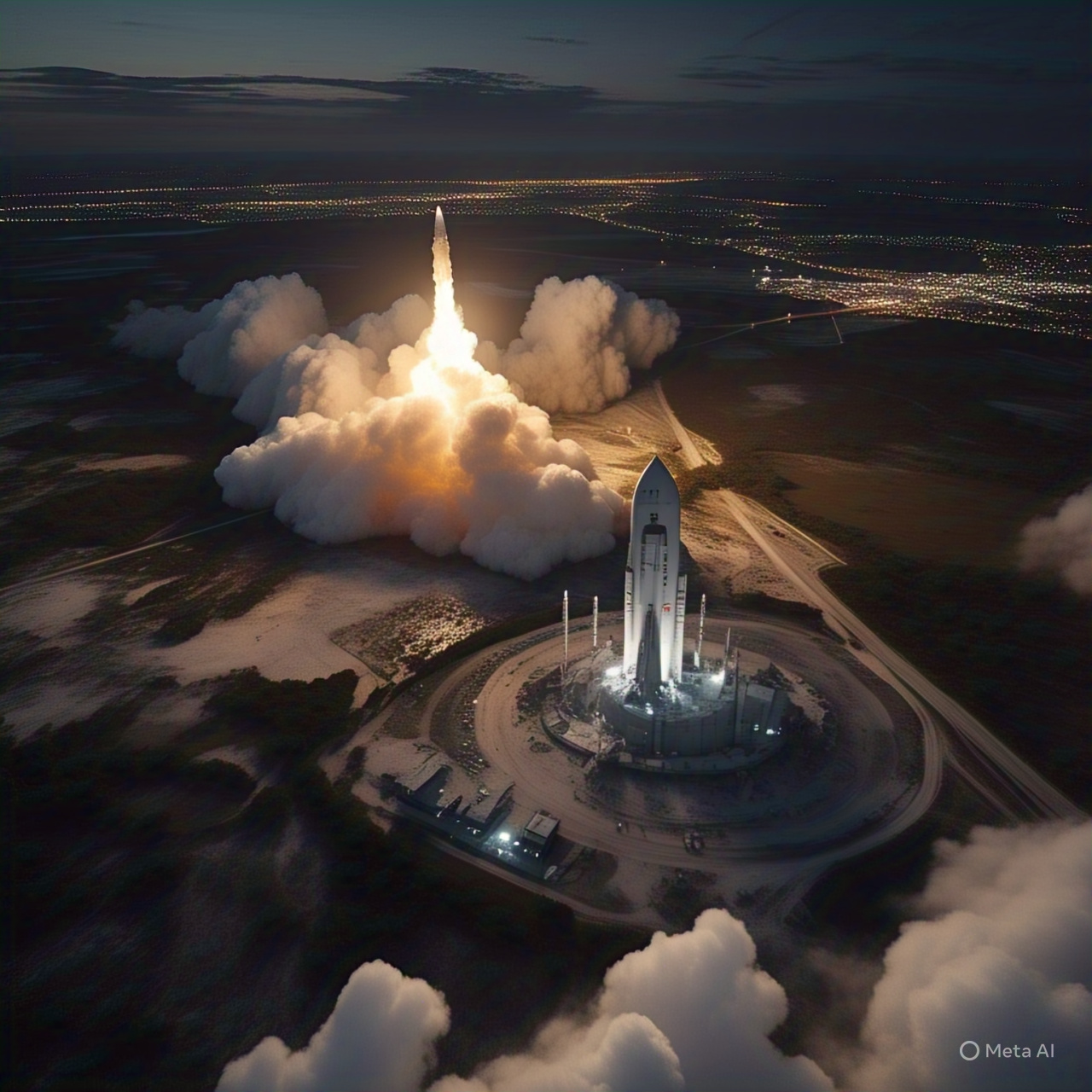

.jpg)
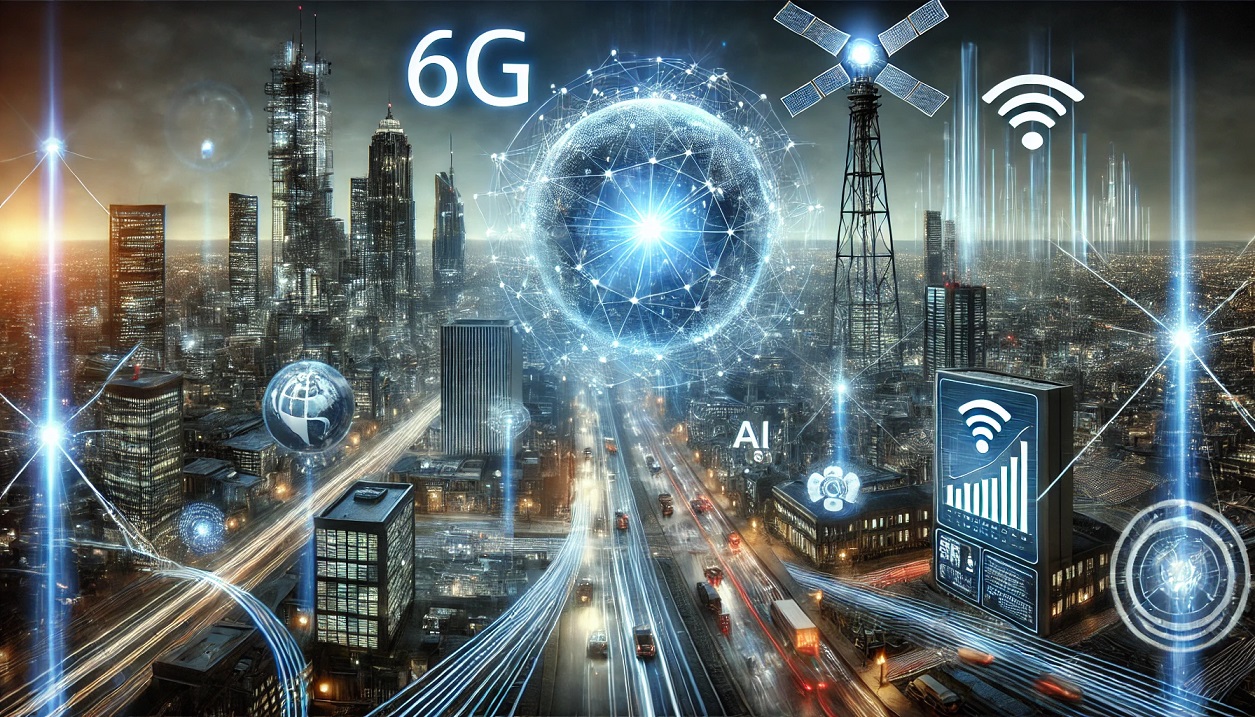

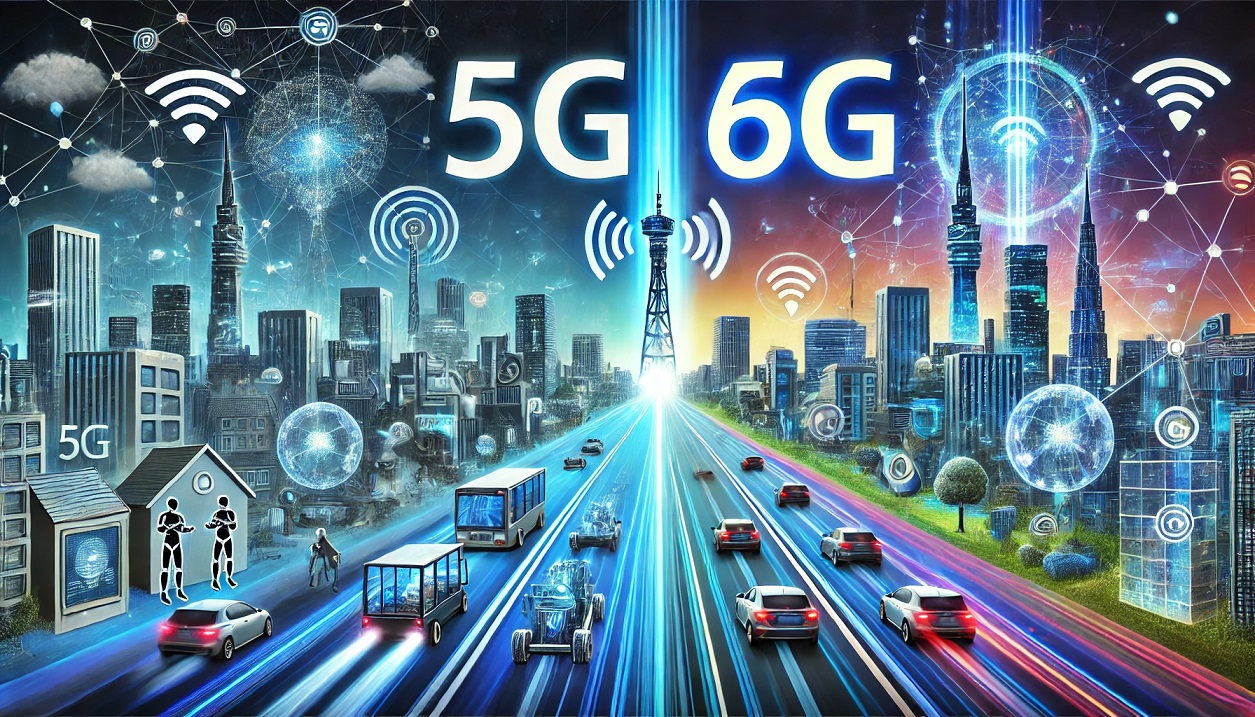
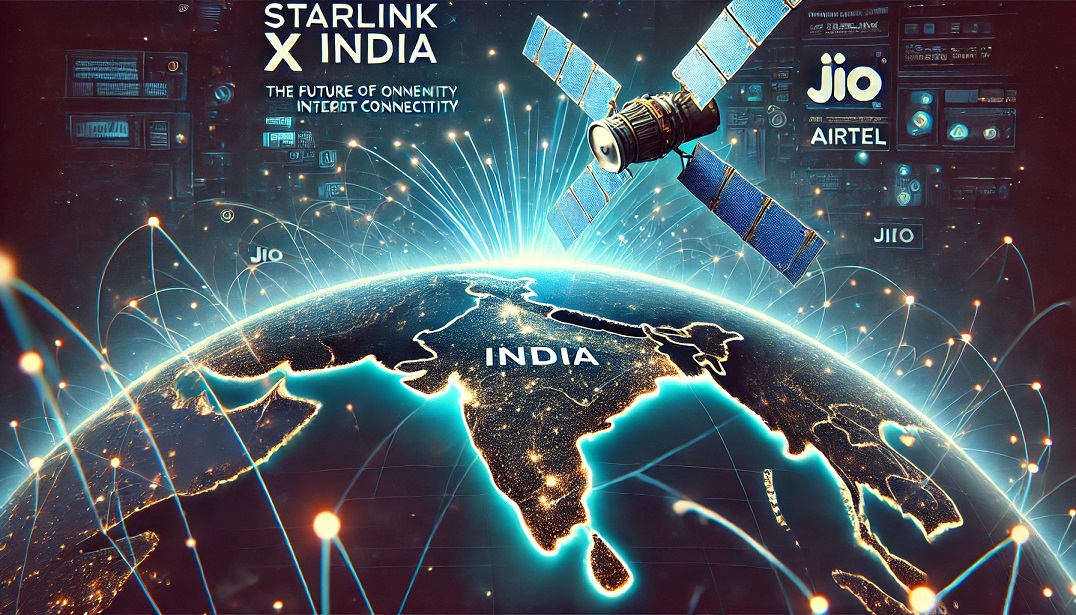
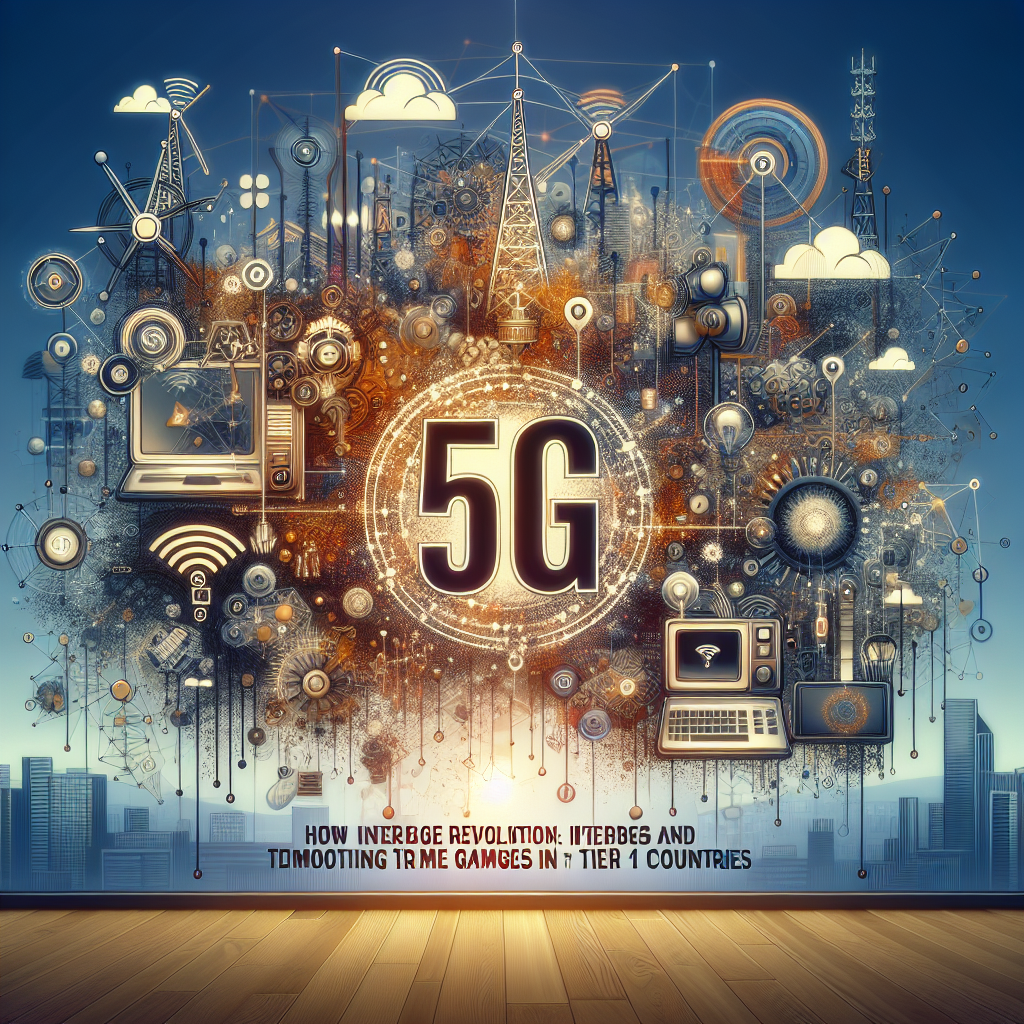








Comments 0